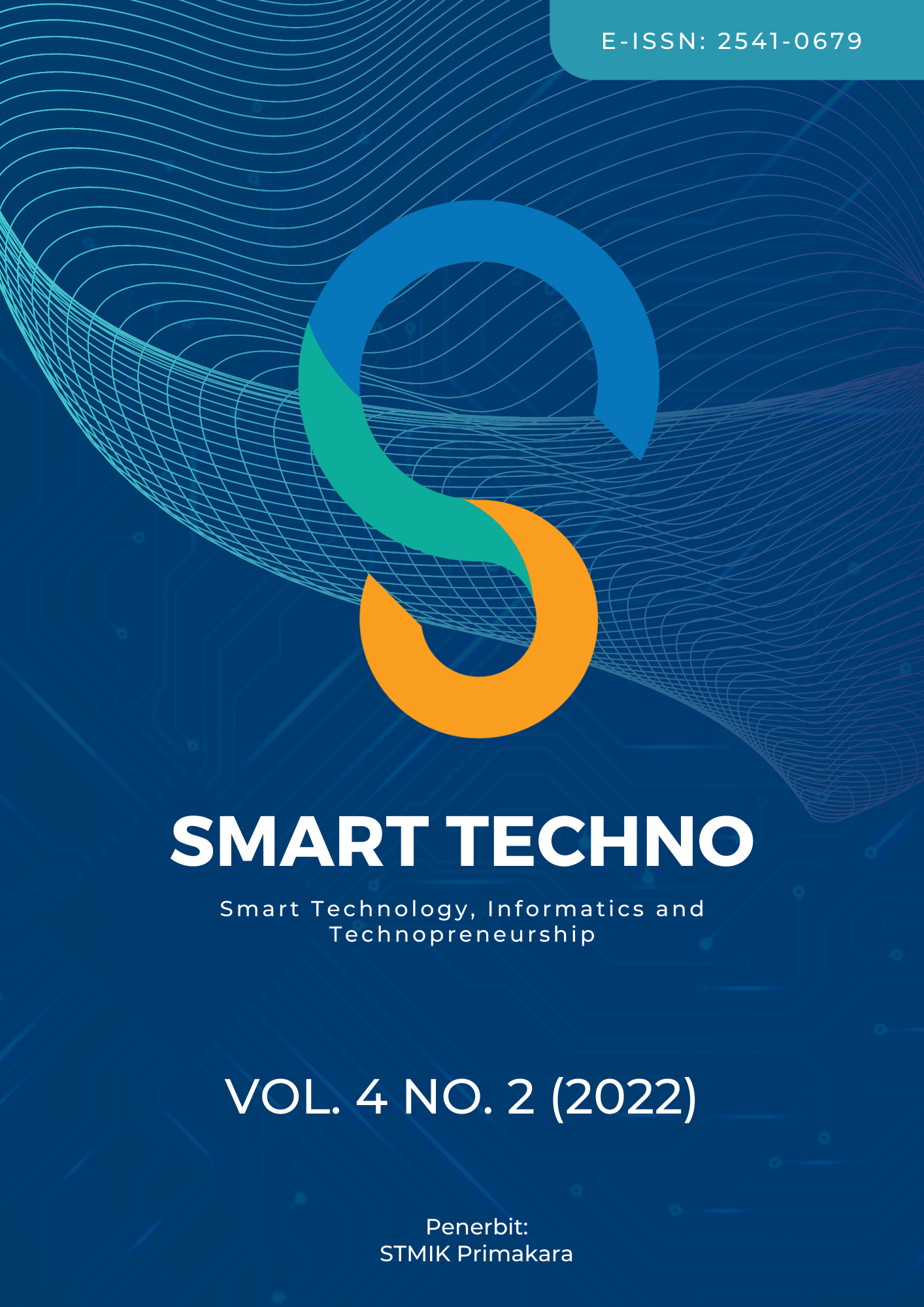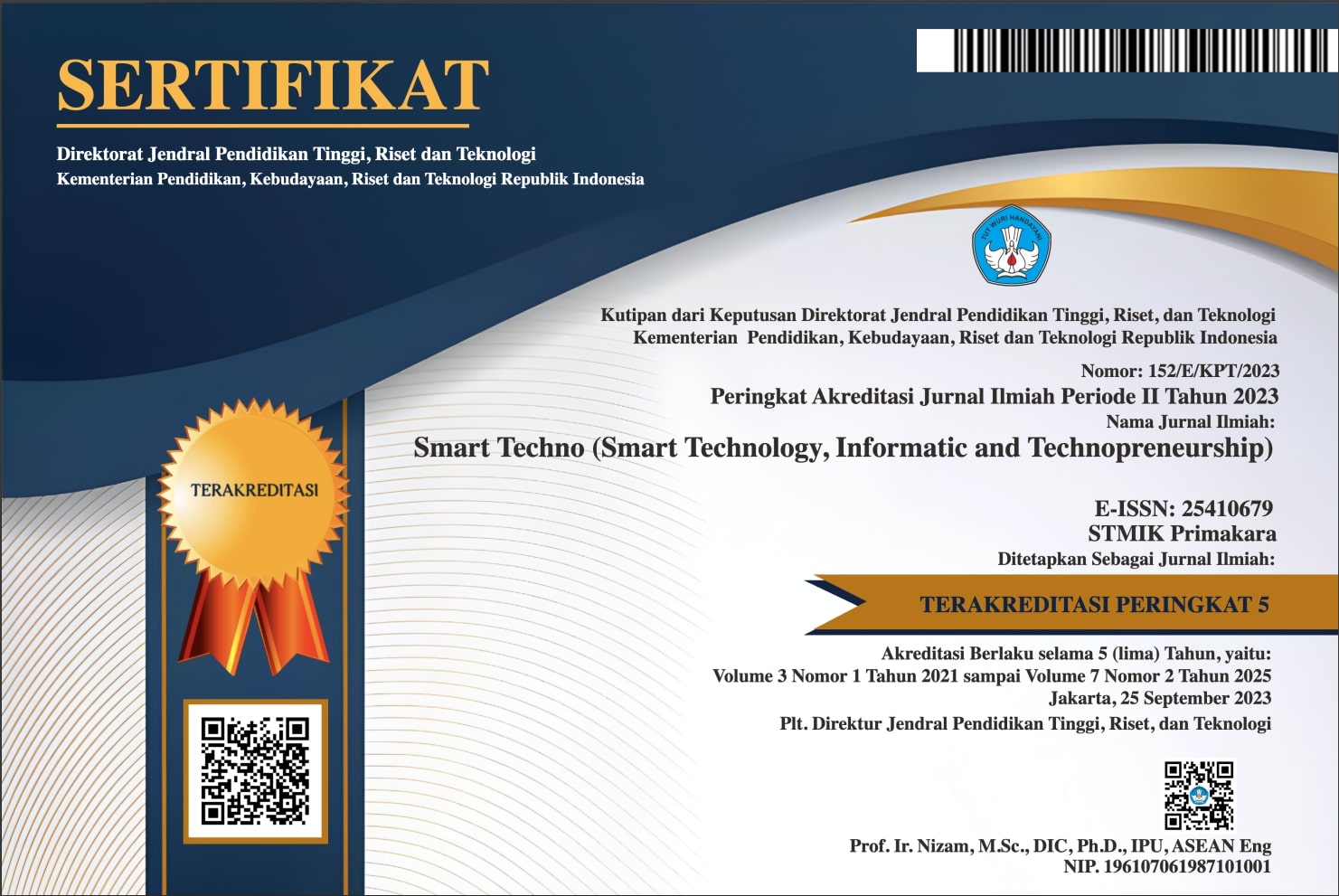Analisis Dan Perancangan Sistem Informasi Jual Beli Motor Murah Agus Motor
Abstract
An information system is a system within an organization that brings together daily transaction processing needs that support managerial organizational functions in strategic activities of an organization to be able to provide certain outside parties with the reports needed. The company can be said to be a unit in a system. which influence each other, to achieve a goal. But sometimes in achieving these goals, several obstacles are often found, including data processing that is still done manually, and the increasing number of transactions every year. In running its business, the owner of AGUS MOTOR performs all its business activities manually, both recording sales and purchases data, searching for sales and purchase data, and in recapitulating income and expenditure data. Based on these problems, a motorcycle showroom information system is needed. Building an information system, requires analysis of requirements and system design, so that the system implemented is in accordance with user needs. The purpose of this research is to model business processes, analyze requirements specifications and system design, and evaluate requirements specifications and system interface designs. This study uses BPMN to model business processes and in this problem is described by UML (Unified Modeling Language). computerized and the resulting information can meet the needs of users as system users.
Downloads
References
M. Prof. Dr. Jogiyanto HM, Analisis & Desain Sitem Informasi : Pendekatan Terstruktur Teori dan Praktik aplikasi Bisnis, Yogyakarta: Andi, 1999.
A. Nugroho, Rekaya Perangkat Lunak Menggunakan UML dan Java, Yogyakarta: Andi, 2009.
Muhammad Rheza Syafruddin, et al., Analisis dan Perancangan Sistem Informasi Showroom Mobil (SISMOB) Dengan Pendekatan Berorientasi Objek (Studi Kasus: UD. Tomaru Oto), Jakarta: Jurnal Pengembangan Teknologi Informasi dan Ilmu Komputer, 2018.
Peranan dan Perencanaan Teknologi Informasi dalam Perusahaan. (n.d.). Neliti. Retrieved June 20, 2022, from https://www.neliti.com/id/publications/290731/peranan-dan-perencanaan-teknologi-informasi-dalam-perusahaan
Panduan Dasar Belajar UML (Unified Modeling Language). (2022, April 10). Badoy Studio. Retrieved June 20, 2022, from https://badoystudio.com/uml/
Class Diagram: Arti, Keunggulan, dan Fungsinya dalam UML. (2021, December 15). Glints. Retrieved June 20, 2022, from https://glints.com/id/lowongan/class-diagram-adalah/
Activity Diagram: Pengertian, Fungsi, Contoh serta Cara Membuatnya. (n.d.). Jojonomic. Retrieved June 20, 2022, from https://www.jojonomic.com/blog/activity-diagram/
Apa itu ERD? Pengertian, Fungsi, Simbol, dan Tools. (2020, February 10). Jagoan Hosting. Retrieved June 20, 2022, from https://www.jagoanhosting.com/blog/erd-apa-sih-itu/
Setiawan, R. (2021, August 21). Apa Itu Sequence Diagram dan Contohnya. Dicoding. Retrieved June 20, 2022, from https://www.dicoding.com/blog/apa-itu-sequence-diagram/
Copyright (c) 2022 I Gede Agus Rudaya

This work is licensed under a Creative Commons Attribution 4.0 International License.
Authors who publish with the Smart Techno agree to the following terms:
- Authors retain copyright and grant the journal the right of first publication with the work simultaneously licensed under a Creative Commons Attribution License (CC BY-SA 4.0) that allows others to share the work with an acknowledgment of the work's authorship and initial publication in this journal.
- Authors are able to enter into separate, additional contractual arrangements for the non-exclusive distribution of the journal's published version of the work (e.g., post it to an institutional repository or publish it in a book), with an acknowledgment of its initial publication in this journal.
- Authors are permitted and encouraged to post their work online (e.g., in institutional repositories or on their website) prior to and during the submission process, as it can lead to productive exchanges, as well as earlier and greater citation of published work. (See The Effect of Open Access)







